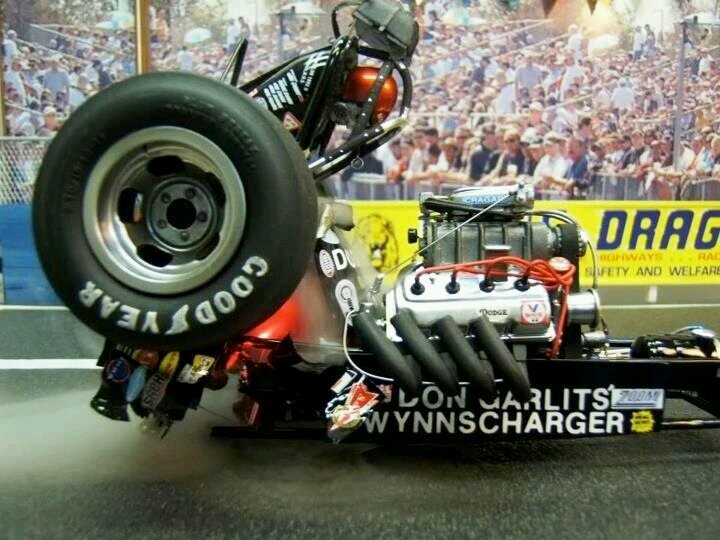Make a ring the proper interference size to fit your flywheel and ring gear, then heat it and place it, let it shrink, then heat the ring gear, place it and let it shrink, been there done that!!
You got it, ta da. Exactly what I been thinking all day, and will do, 1/8 X 1/2 rolled and welded in a circle ever so slightly bigger then the inside of the ring gear, heat the ring to fit the spacer then the same on the wheel, tig weld a few spots for good measure, done! Test it to 10,000 rpm a couple times, if it stays on, run it.
A simple fix for a simple item, it's not the space shuttle going to Mars.
Thank you all for your answers, the good and not so good.
